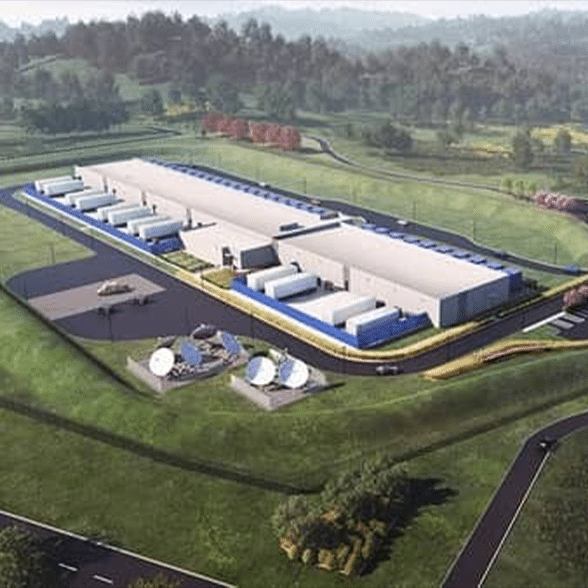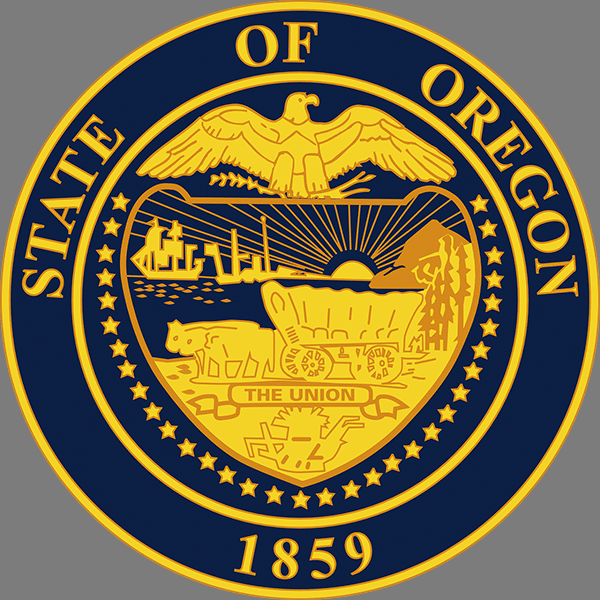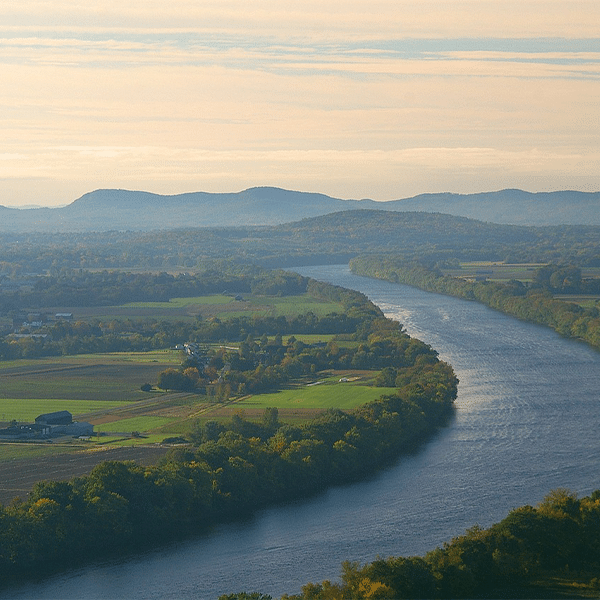The rapid growth in artificial intelligence (AI) applications is causing a surge in demand from data centers, which are large, nondescript buildings, usually in out-of-the-way places, that house computer servers storing and distributing large amounts of data for the Internet.
The Commerce Department’s National Telecommunications and Information Administration (NTIA), in coordination with the Department of Energy, wants to measure the size of current data center boom related to AI and other factors. NTIA issued a Call for Comments notice to look at several issues, including where to locate the next crop of data centers.
Some believe that rural areas could be ideal sites and that data centers could present business opportunities for rural communities.
Most data centers in the United States tend to be near urban high-tech business centers. But as AI demand grows, fiber networks to support data center connections expand and data center owners look for large tracts of land for new facilities, more remote locations might make sense for future planning.
“Data center operators have recognized that it’s easier to move gigabits of data than electrons and have entered locations where land is available and additional power is more attainable,” said Jeff Johnston, CoBank’s lead digital infrastructure economist in a May press release. “Over time, we expect new data centers will move outside of secondary markets and deeper into rural America.”
“In crowded cities, securing the massive plots required for today’s sprawling data center campuses can be incredibly challenging and expensive,” said consultant Robert Harrington of Rural Growth Strategies in a LinkedIn article. “Rural areas, in contrast, have ample open space to accommodate these sizable facilities, often at a fraction of the cost.”
“In states like Virginia, Iowa, and Oregon, small towns have managed to outcompete major metropolitan areas, landing lucrative deals with tech giants like Amazon, Google, and Facebook,” Harrington said. “These success stories are generating a ripple effect, inspiring other communities to follow suit and market their own unique rural advantages.”
However, rural areas bidding for data center deals will have requirements to meet. Is there adequate fiber optic network capacity to meet data center needs? Is there an available workforce to staff data centers and are there nearby universities with training programs? Perhaps the most important question, will the local electric utility be able to meet huge demands for power AI data centers create?
A report from the International Energy Agency (IEA), an analysis organization with 31 member countries says, “When comparing the average electricity demand of a typical Google search [0.3 watts per hour (Wh) of electricity] to OpenAI’s ChatGPT [2.9 Wh per request], and considering 9 billion searches daily [worldwide], this would require almost 10 terawatts per hour (TWh) of additional electricity in a year.”
IEA estimates that worldwide consumption from data centers in 2022 came to 460 TWh and, considering AI data needs, could more than double to 1,000 TWh by 2026. “This demand is roughly equivalent to the electricity consumption of Japan,” it said. Scale those numbers down to the conditions in a typical American small town, it is likely that introducing a data center will require preparation.
Comments in the NTIA proceeding are due November 4. The responses might indicate what role rural communities will have on future online data communications.


